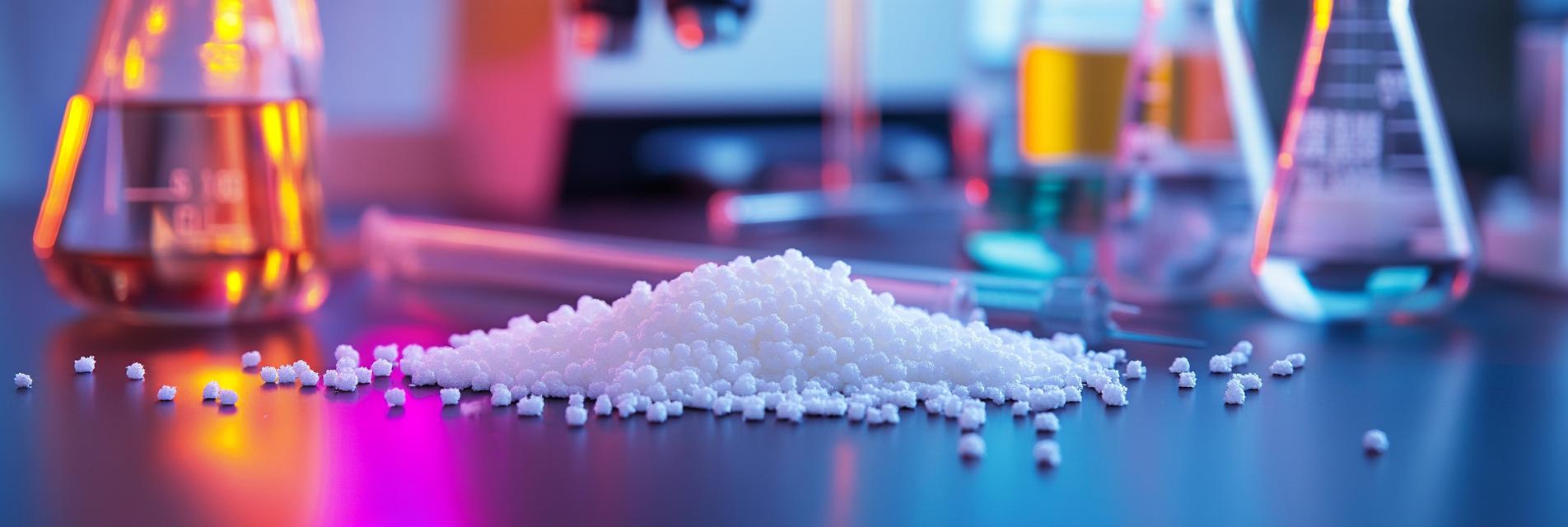As an expert in various industrial applications, I have observed the remarkable versatility of polyacrylamide. This synthetic polymer serves multiple purposes across different sectors, fundamentally improving processes ranging from water treatment to agriculture.
In the realm of water treatment, polyacrylamide acts as a flocculant, helping to aggregate particles for easier removal. Statistical data indicates that using polyacrylamide can enhance sedimentation rates by over 20%, significantly reducing environmental impact.
In addition to water treatment, polyacrylamide is a valuable tool in agriculture. By improving soil structure and moisture retention, it aids in creating sustainable farming practices. This polymer can increase crop yields by as much as 30%, making it an essential ally for farmers.
Lastly, in the field of biotechnology, polyacrylamide gels are widely used in electrophoresis for protein and nucleic acid separation, a crucial technique in research and diagnostics. This versatility stems from its ability to form clear, stable gels that accurately separate materials based on size.
The multifunctional nature of polyacrylamide not only enhances efficacy in various industrial processes but also promotes sustainability. As industries strive for innovation and efficiency, polyacrylamide stands out as a vital ingredient in achieving these goals.

